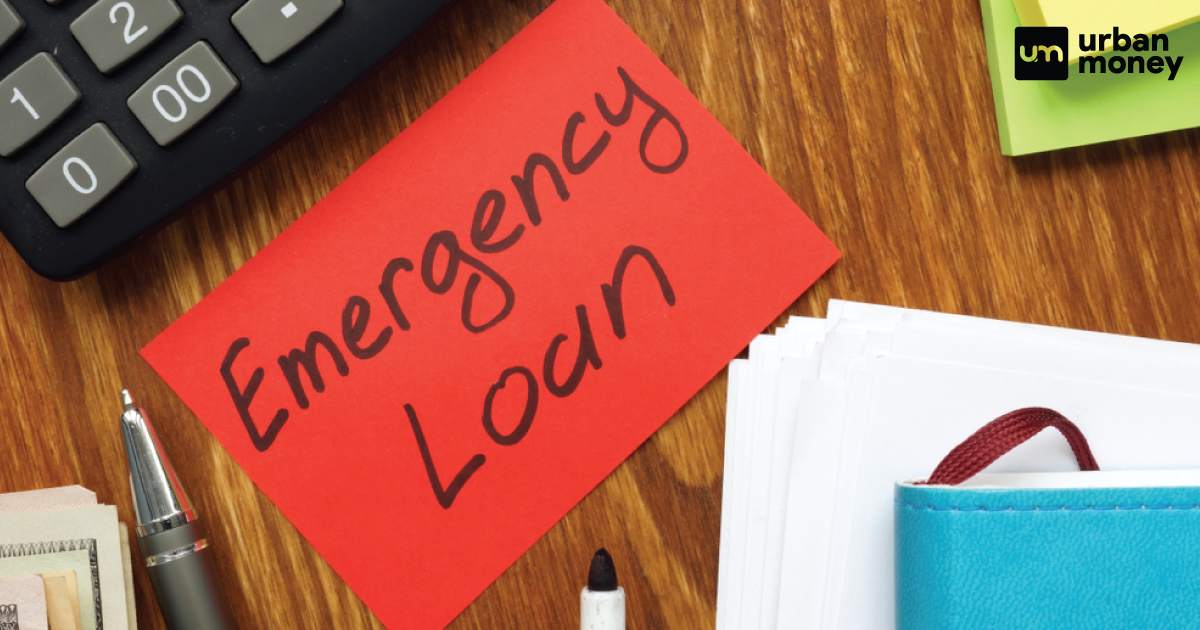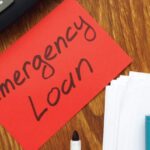Life is unpredictable, and financial emergencies can arise at any moment. Whether it’s a medical emergency, unexpected car repair, or urgent home expenses, having access to quick financial assistance is crucial. Emergency loan services provide a fast and reliable way to get the funds you need in times of crisis. This article explores everything you need to know about emergency loan services, how they work, their benefits, risks, and how to choose the best option for your needs.
What Are Emergency Loan Services?

Emergency loan services provide short-term financial assistance to individuals who need quick access to cash. These loans are designed to help cover unexpected expenses and are often approved faster than traditional bank loans. Depending on the lender, emergency loans may be secured or unsecured and come with varying interest rates and repayment terms.
Types of Emergency Loans
1. Personal Loans
Personal loans can be used for various purposes, including emergencies. They are usually unsecured, meaning you don’t need collateral. Many banks, credit unions, and online lenders offer personal loans with flexible repayment terms.
2. Payday Loans
Payday loans are short-term, high-interest loans designed to be repaid by your next paycheck. They are easy to obtain but come with high fees and interest rates, making them a risky option.
3. Credit Card Cash Advances
If you have a credit card, you can take a cash advance up to your credit limit. While convenient, cash advances often come with high interest rates and fees.
4. Title Loans
Title loans require you to use your vehicle as collateral. They provide quick cash, but failure to repay the loan on time can result in losing your vehicle.
5. Home Equity Loans or Lines of Credit (HELOCs)
If you own a home, you may qualify for a home equity loan or HELOC, which allows you to borrow against the value of your property. These loans typically offer lower interest rates but require good credit and homeownership.
6. Peer-to-Peer (P2P) Lending
P2P lending platforms connect borrowers with individual lenders. They often offer competitive rates and flexible terms compared to traditional loans.
How to Apply for an Emergency Loan
Step 1: Assess Your Financial Need
Before applying for an emergency loan, evaluate your financial situation and determine how much money you need.
Step 2: Compare Loan Options
Research different lenders and compare interest rates, repayment terms, and eligibility criteria.
Step 3: Check Your Credit Score
Your credit score plays a significant role in loan approval and interest rates. Check your score and take steps to improve it if necessary.
Step 4: Gather Required Documents
Lenders may require proof of income, employment verification, identification, and bank statements.
Step 5: Submit Your Application
Apply online or in person, depending on the lender. Some lenders offer instant approval and same-day funding.
Step 6: Review Terms and Conditions
Read the loan agreement carefully, including interest rates, fees, and repayment schedule, before accepting the loan.
Pros and Cons of Emergency Loan Services

Pros
1. Fast Approval and Disbursement
Many emergency loans are approved within hours, with funds deposited into your account the same day or within 24 hours.
2. No Collateral Required (For Unsecured Loans)
Most emergency loans are unsecured, meaning you don’t have to risk losing assets.
3. Flexible Repayment Terms
Personal loans and some installment loans offer flexible repayment terms, making it easier to manage payments.
4. Availability for Bad Credit Borrowers
Some lenders provide emergency loans to individuals with poor credit, though interest rates may be higher.
5. Can Cover Various Expenses
Emergency loans can be used for medical bills, rent, car repairs, and other urgent financial needs.
Cons
1. High Interest Rates
Many emergency loans, especially payday loans and cash advances, come with extremely high-interest rates.
2. Risk of Debt Cycle
Borrowers who cannot repay the loan on time may end up taking out additional loans, leading to a cycle of debt.
3. Fees and Hidden Charges
Some lenders charge origination fees, late payment penalties, and other hidden fees that increase the overall loan cost.
4. Credit Score Impact
Failure to repay an emergency loan on time can negatively impact your credit score, making it harder to get loans in the future.
How to Choose the Right Emergency Loan Service

1. Compare Interest Rates and Fees
Look for lenders offering the lowest interest rates and minimal fees.
2. Check the Repayment Terms
Ensure the repayment schedule fits your financial situation.
3. Verify the Lender’s Reputation
Check online reviews, ratings, and complaints against the lender before applying.
4. Look for Flexible Payment Options
Some lenders offer grace periods, extensions, or early repayment without penalties.
5. Consider Alternative Options
Before taking an emergency loan, explore alternatives such as borrowing from family or friends, negotiating with creditors, or seeking financial assistance programs.
Tips for Managing Emergency Loan Repayments
- Create a Budget: Plan your finances to ensure timely loan repayments.
- Set Up Automatic Payments: Avoid late fees by setting up automatic payments.
- Pay More Than the Minimum: If possible, pay more than the minimum amount to reduce interest costs.
- Avoid Multiple Loans: Taking multiple loans can lead to financial stress and increased debt.
- Seek Financial Counseling: If struggling with debt, consider consulting a financial advisor.
Also Read : Navigating Loan Moratoriums During Financial Hardship
Conclusion
Emergency loan services provide a crucial financial lifeline for those facing urgent expenses. However, it is essential to carefully evaluate your options, understand the terms, and ensure timely repayment to avoid financial pitfalls. While these loans can provide immediate relief, responsible borrowing and good financial planning are key to long-term financial stability.
FAQs
1. What is the fastest emergency loan option?
Payday loans and cash advances are often the fastest options, with same-day or next-day funding.
2. Can I get an emergency loan with bad credit?
Yes, some lenders offer emergency loans for bad credit, but they usually come with higher interest rates.
3. How much can I borrow with an emergency loan?
Loan amounts vary by lender but typically range from $100 to $50,000, depending on your credit and income.
4. Are emergency loans safe?
Legitimate emergency loan services are safe, but it’s essential to research lenders and avoid scams.
5. Do emergency loans require collateral?
Most emergency loans are unsecured, but some, like title loans and home equity loans, require collateral.
6. How long do I have to repay an emergency loan?
Repayment terms vary, ranging from a few weeks for payday loans to several years for personal loans.
7. Can I get an emergency loan without a credit check?
Some lenders offer no-credit-check loans, but they often come with high fees and interest rates.
8. What happens if I can’t repay my emergency loan on time?
Late payments may result in fees, increased interest rates, and a negative impact on your credit score. Some lenders may also take legal action.
9. Are there alternatives to emergency loans?
Yes, alternatives include borrowing from friends or family, negotiating with creditors, or seeking financial assistance programs.
10. How do I avoid predatory lenders?
Research lenders, read loan terms carefully, and avoid loans with extremely high fees and interest rates.





